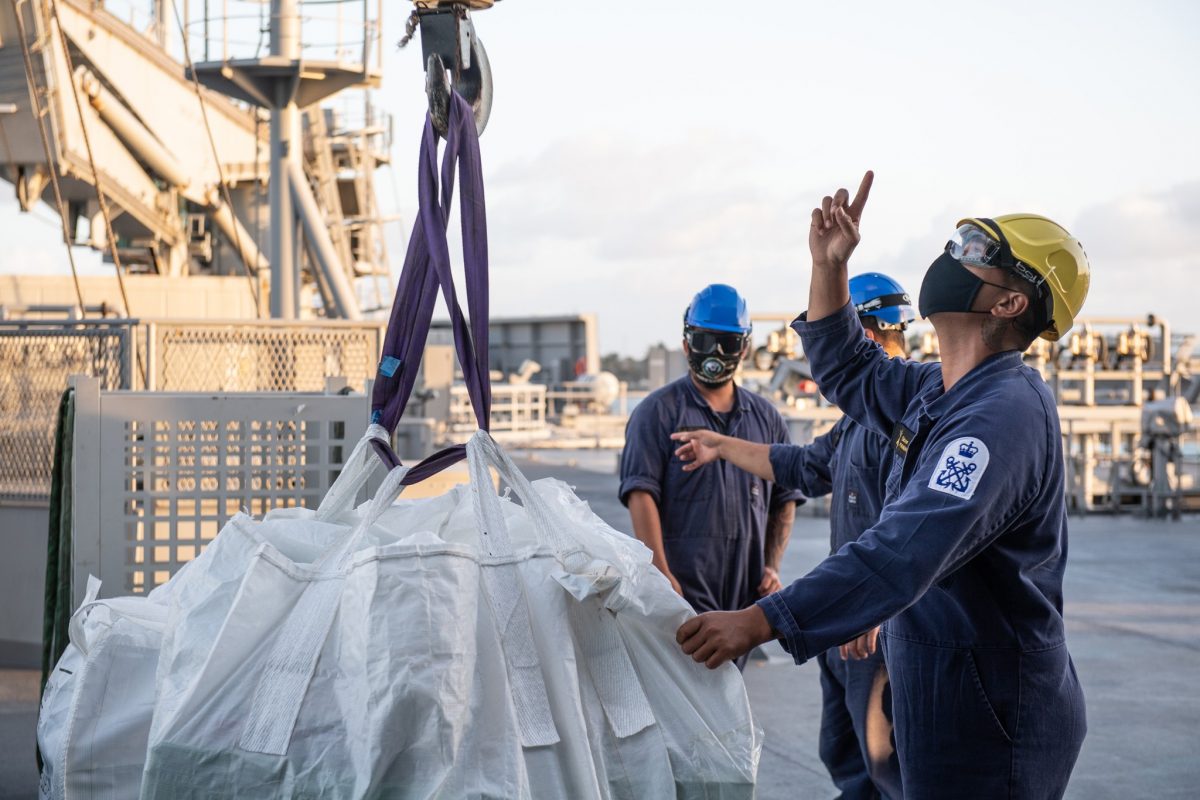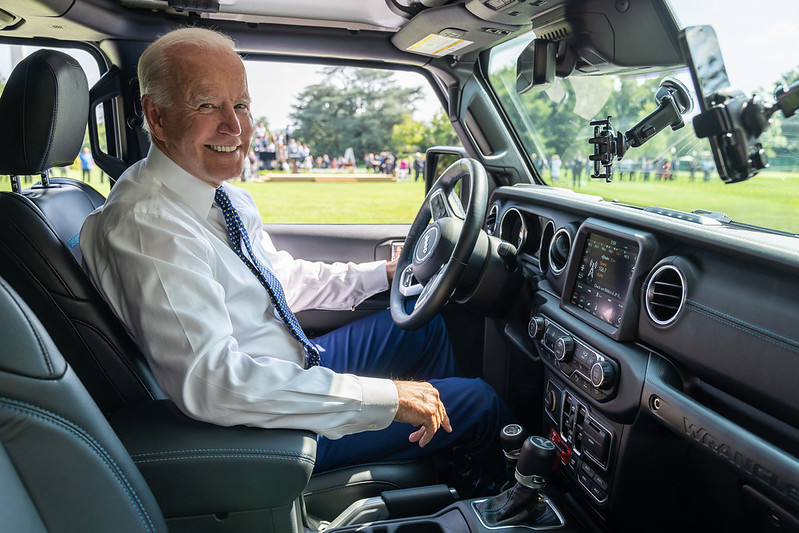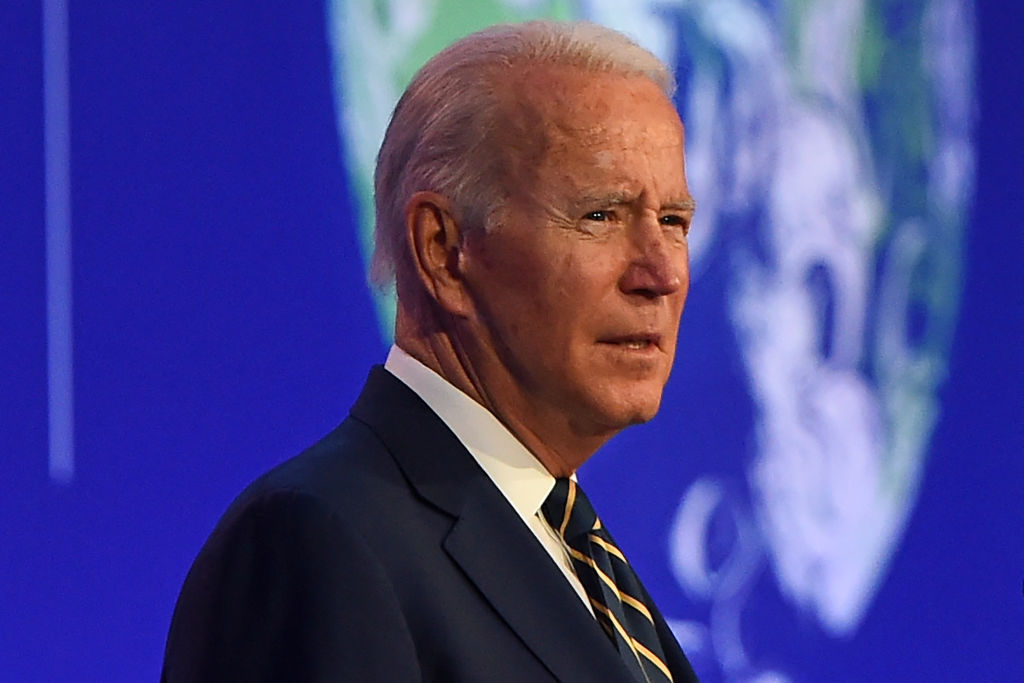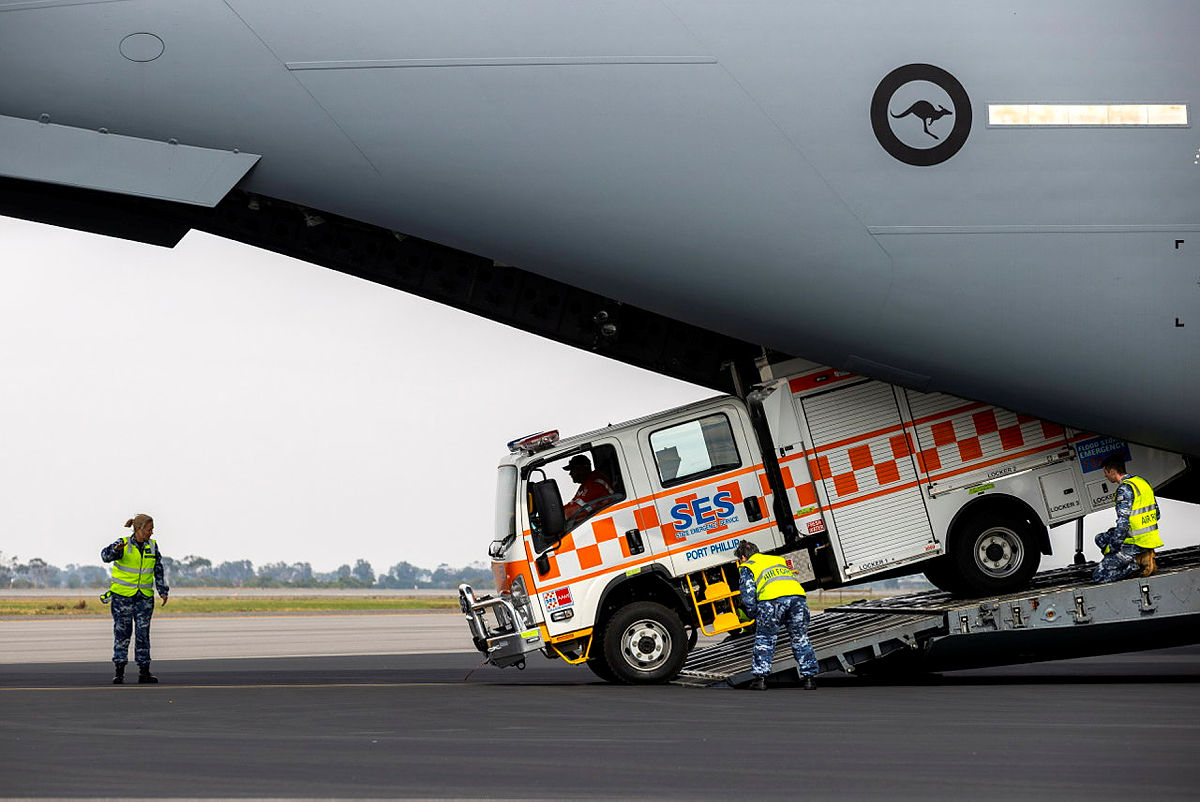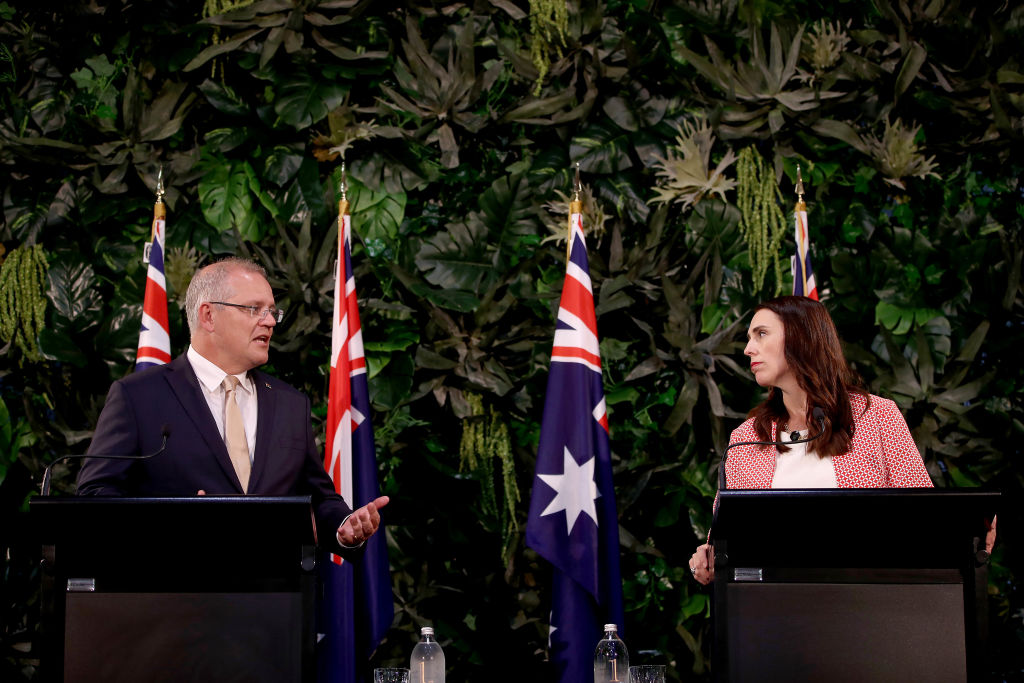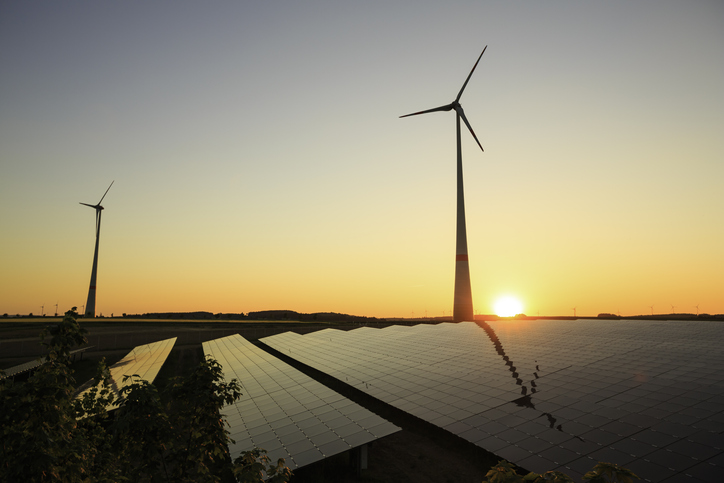
At the time of the review of Australia’s intelligence agencies in 2017, extremism, state and non-state actors, climate change and technological change were all parts of the operating environment, along with rising competition between states. Covid-19 was in our future. The digital world was providing a challenge to intelligence communities through the pace of technological change and the volumes of data available outside the classified world.
In 2021, this data and tech explosion is accelerating, and its challenge remains.
But the digital challenge to intelligence agencies varies from mission to mission. Some missions, such as counterterrorism, have a broad global footprint and common data-collection and analytical challenges despite the disparate human terrain and the historical and geographical dynamics that shape the counterterrorism environment differently in the Middle East, across the Indo-Pacific, and in Europe, North America and Australia.
It’s clear now, though, that for Australia’s intelligence community, success or failure in the broad China mission will be the primary performance test for successive governments over the next five and 10 years. Even if the recent AUKUS partnership is focused on defence, not intelligence, it reinforces this judgement about where national priorities have moved to since 2017 because of the shifts by China under Xi Jinping.
The combined challenges of the China mission arise out of the nature of the Chinese state, its domestic controls and its technological development. In some ways, China’s burgeoning digitisation creates multiple digital vulnerabilities, including from its patchwork of party-state organisations and provincial and central government initiatives and systems, with all the system and human frailties and vulnerabilities that create seams for intelligence exploitation and access.
Some vulnerabilities also flow from Xi reasserting the centrality of Chinese Communist Party and peak leader control, which includes the aggregation of national data for central government use. The CCP’s attempts to strengthen control of itself (and its 90 million plus members) and of the Chinese corporate and social worlds through technology bring all the digital vulnerabilities being experienced in other parts of the world, potentially to a greater degree.
Add to that the bifurcation of high-tech and digital systems between China, its ‘technology customer base’ in major parts of the Indo-Pacific and Africa and the alternative technology bases of the G7, Quadrilateral Security Dialogue and AUKUS economies.
As we explain in our new ASPI report, some good news comes from the fact that the UK and US intelligence communities largely share this urgency and priority, while retaining other pressures and priorities in each case (Russia and ‘the globe’, respectively).
Against all of this, the outbreak of Covid-19 has increased the speed and intensity of change and has broken or at least reshaped some approaches that once seemed settled and unquestionable. This brings with it opportunity.
Many nations—and their populations—have lost faith in simple market forces and assurances from corporate providers about the resilience and redundancies built into commercial arrangements, bringing about a new focus on resilience and sovereignty. Along with the effect of a coercive China, this is likely to cause an even more significant global economic and security dispersion away from the previous era of simple globalisation. That’s a shift to how data and information will move in the world.
In many societies, including our own, users are becoming more security and privacy conscious; however, a significant portion of the growing ‘open source’ data that users are creating is readily available, although harvesting and processing it within the ethical and legal framework of a democracy requires great effort. Even if someone is trying to minimise their digital footprint, it’s increasingly difficult to function in society without leaving a trail of potentially discoverable data—a digital snail trail.
Given all this, it seems clear that incremental change to how things are done now isn’t the path to success.
So, what’s to be done?
Our British and American partners show us that an urgent mission focus creates the conditions for success in a way that top-down structural reforms or budget efficiency measures just don’t.
The China mission is that ‘burning platform’ for change and success for Australian agencies, particularly those with a foreign intelligence focus such as the Australian Signals Directorate, the Australian Secret Intelligence Service, the Defence Intelligence Organisation and the assessment element of the Office of National Intelligence. But the China mission must include the Australian Security Intelligence Organisation in the area of foreign interference and counterespionage. It’s a team sport in the mission focus, technology, tradecraft and data senses.
Arguably, this grouping of agencies is the ‘minilateral’ within the larger intelligence community that must combine most closely and urgently on the China mission. This reverses the ‘all one community’ concept of the broadened national intelligence community that was proposed in 2017. It also requires some unpicking of the ‘return of the portfolio’ in the intelligence community—which has manifested itself in the rise of the Department of Home Affairs as a director of its portfolio agencies, and to a lesser extent in the defence organisation with the emergence of a new chief of defence intelligence and the defence intelligence enterprise. That’ll involve hard yards in the bureaucratic realms of Canberra.
The distinct attributes of the China mission require a distinctive approach as the high-technology decoupling between China, Australia, the US and other powerful democracies deepens. Decoupling, at least in the high-tech sector, is an ‘unthinkable’ that just keeps happening.
Lessons from dealing with denied areas during the Cold War era are relevant. However, the scale of data on mainland China available from non-intelligence means, such as commercial satellite imagery, combined with the continuing strengths of human intelligence and the inherent vulnerabilities in China’s multilayered, complex digital systems working through the equally complex, unstable institutional party-state structures, provides the seeds for mission success.
Our US and UK partners also show us that unexpected crises such as Covid-19 can make unthinkable changes necessary and achievable: UK agencies’ successes in developing applications and tools on the unclassified ‘low side’ over the past 18 months are an example.
Another lesson is the powerful capability lift and more rapid problem solving that can come from deeply engaged, trusted corporate partners who bring skills, concepts and technologies—which won’t happen in our intelligence community unless traditional procurement models are challenged and changed.
In the UK environment, each agency still has its own requirements for bespoke technical capabilities for its particular remit and operating environment. However, standardised design principles and identifying which components of technology are reusable have helped to drive efficiency and cost savings and make agencies’ capabilities interoperable.
And running faster acquisition is possible without completely reinventing federal government procurement—as proven by ONI’s Delivering Innovation through Procurement award in 2020. UK and US approaches for more urgent and more imaginative capability development, such as the UK’s Cyber Accelerator and National Security Strategic Investment Fund, and the US’s In-Q-Tel and Intelligence Advanced Research Projects Activity (the US intelligence community’s equivalent to the Defense Advanced Research Projects Agency), all seem worth either partnering with or modelling.
Tradecraft in intelligence collection and analysis must now change to exploit open data sources, and not just have open-source centres running in parallel to traditional classified tradecraft and collection activities. And analysis must move away from more traditional inductive analysis.
Artificial intelligence and machine-learning approaches, along with techniques such as data visualisation and data fusion to empower analysts, require novel technical specialists. Those people will stay only if the agency and government leaders and decision-makers are open to at times confronting, uncomfortable advice and have enough confidence to trust the advice of what, on occasions, can be staff in relatively junior or obscure roles. Recruiting and retaining such specialists will depend on them seeing the impact of their work. Trusted corporate partners—big and small—are part of winning this war for talent.
More collaborative and agile strategic intelligence involves finding new ways to bring classified data together with open-source bulk data. While this has been at the heart of the US intelligence community’s pursuit of reform, its experience shows that this is a long and challenging process. In the Australian context, this must first overcome the national intelligence community’s strong tribal cultures, which are so often resistant to change, along with the natural pride of intelligence professionals steeped in existing tradecraft. This is the ‘industrial relations’ aspect of change for intelligence.
The prioritisation of open sources doesn’t mean an end to specialist covert data collection. Rather, it creates an enhanced opportunity for combining secret and open-source data to develop new insights.
Lastly, we see here and in our two big partners that leadership matters. The two key leadership challenges for Australia’s intelligence community are to recognise the priority and distinct nature of the China mission, and to understand that individual agency (and intelligence community) success requires behaviours to shift to delivering insights from more common technology platforms and the exploitation of shared data, albeit leavened by agency-specific applications and (limited) bespoke data.
Future intelligence successes will be the rewards for intelligence communities that have the best datasets; can leverage the combined value of both secret and open sources; exploit those datasets, collection capabilities and analytical processes fastest; understand the distinct nature of key missions; and are open to the adoption of unfamiliar technologies and approaches from the world outside intelligence before such approaches proliferate to the level of obviousness.
This is an extraordinarily rich if difficult time to be in the intelligence community, whether in Australia or in our key allies and partners.


